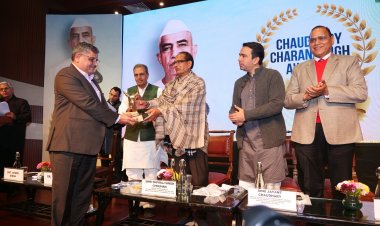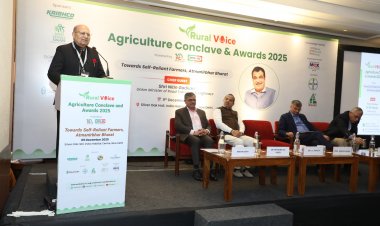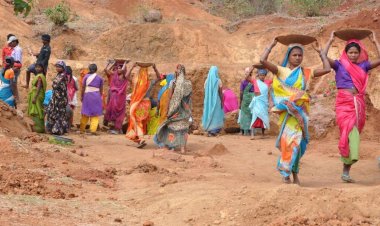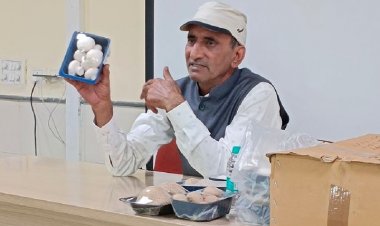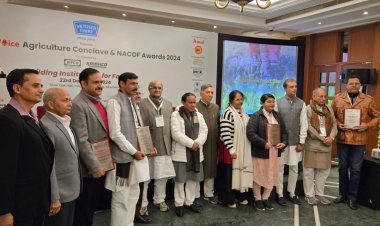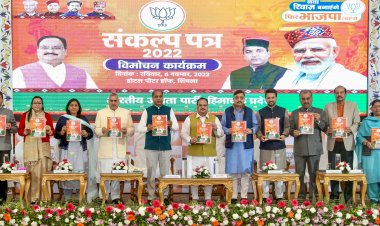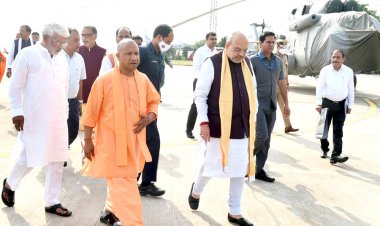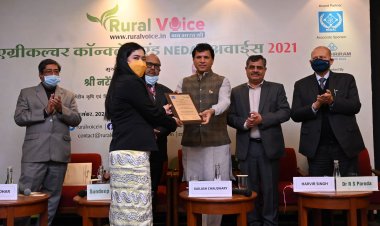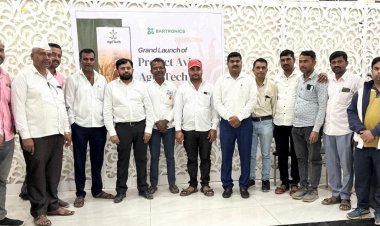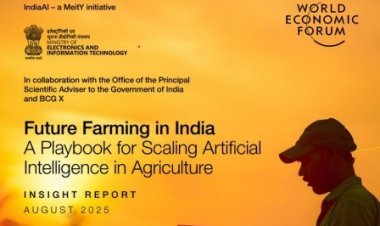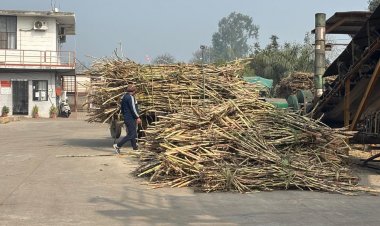MSP of maize has been increased by 43 per cent in last eight years: Tomar
Addressing the 8th edition of India Maize Summit 2022, organized by FICCI, Tomar assured the industry of the government’s support to boost the maize sector. The agriculture sector, Tomar said, needs a lot of investment and there is a need to integrate high-end technologies to improve the sector. The FICCI-YES Bank report ‘Indian Maize Sector – Securing Supply Sustainably’ was also released during the event.

New Delhi
Narendra Singh Tomar, Minister of Agriculture and Farmers Welfare, said on May 12 that the popularity of maize was not only growing globally but also in India with its diversified use in many sectors, including poultry and ethanol production. The government, under crop diversification, is promoting farmers to increase maize production through various initiatives. “The MSP of maize has been increased by 43 per cent in last eight years and with the increase in production the farmers are also getting benefited from this,” he added.
Addressing the 8th edition of India Maize Summit 2022, organized by FICCI, Tomar assured the industry of the government’s support to boost the maize sector. “Agriculture is the backbone of India and it has helped the country during every crisis, including Covid-19. During this time, the increase in export of agriculture products has also been very encouraging,” Tomar said.
Speaking on the role of India’s agriculture sector, Tomar stated that during the current Russia-Ukraine crisis, the government was working to ensure the export of wheat to meet the global demand. It is a matter of great pride that our farmers’ produce is being used to meet the global requirements, he emphasized.
The agriculture sector, Tomar said, needs a lot of investment and there is a need to integrate high-end technologies to improve the sector. “Time has come for industry and farmers to work together so that requirements of both are met, thus benefiting the sector and the country along with (the) generation of new employment opportunities,” Tomar asserted.
Tomar also said that the government had taken a series of policy reforms in the last few years to benefit the industry as well as improve farmers’ livelihood.
TR Kesavan, Chairman, FICCI National Agriculture Committee & Group President, TAFE, said that maize held immense potential for food and nutritional security. It provides the right avenue for crop diversification and also for increasing farmer income, especially for small and marginal farmers in the rainfed areas, he added.
Earlier, during the inaugural session, Amrendra Pratap Singh, Bihar’s Minister of Agriculture, said that his state contributed to over 9 per cent of total maize production in India and was the fifth largest producer of maize after Andhra Pradesh, Karnataka, Rajasthan and Maharashtra.
Ronald Verdonk, Minister – Counsellor for Agriculture Affairs, US Embassy in India, said that today’s technology had allowed farmers to increase their production. With the increased demand coming from the poultry sector, the Indian maize sector is likely to gain benefits, he added.
Rahoul Sawani, President of South Asia, Corteva Agriscience, said that technology and innovation in maize not only helped us anticipate the challenges faced by farmers but also addressed them and provided sustainable solutions.
Sunjay Vuppuluri, National Head, Food & Agribusiness Strategic Advisory & Research (FASAR), said, “Given that the domestic maize demand is growing much faster than production, there is an immediate need to identify interventions that need to be taken at various levels of maize supply chain and co-create public-private solutions for ensuring (a) sustainable supply of maize.”
FICCI-YES Bank report on maize
The FICCI-YES Bank report ‘Indian Maize Sector – Securing Supply Sustainably’ was also released during the event.
According to the report, India’s maize consumption is projected to increase to 33.8mn metric tonnes (MT) in 2030 with a major contribution to industrial usage. To meet the ever-increasing domestic demand for maize while addressing environmental concerns, interventions need to be done at various levels of the value chain with cumulative efforts made by all the stakeholders involved.
Five key action areas have been identified post discussion with industry to ensure a sustainable supply of maize for all end-users: (i) Enhancing maize production ecosystem; (ii) Making post-harvest interventions more robust; (iii) Transformation of storage and logistics infrastructure; (iv) Facilitation of domestic supply and international trade of maize; and (v) Upgradation of processing infrastructure.



 Join the RuralVoice whatsapp group
Join the RuralVoice whatsapp group

















